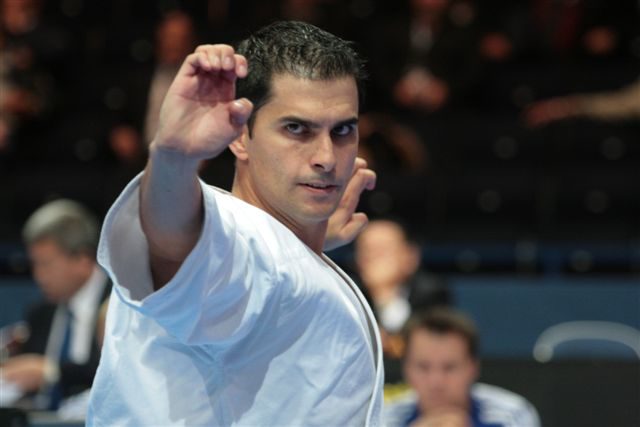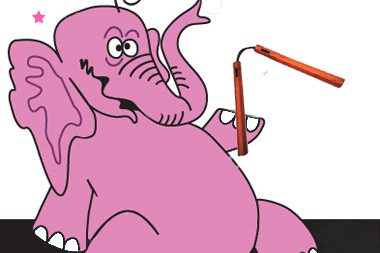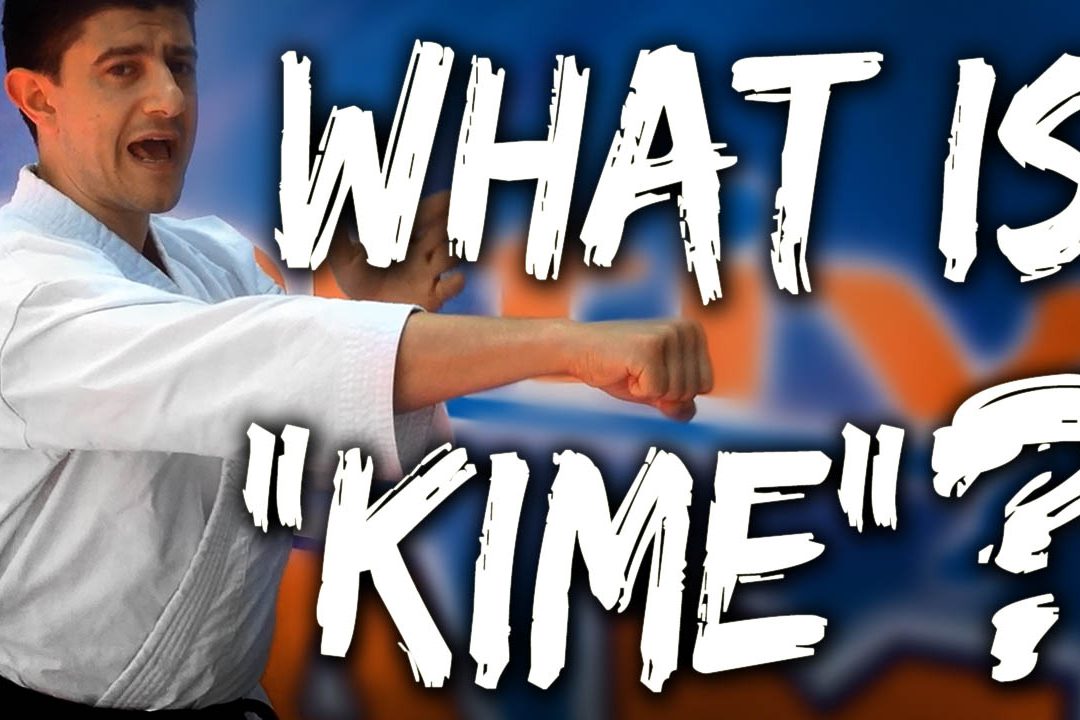Since the modernization (and subsequent popularization) of Karate in the early 1900, Karate has spread to almost every part of the world. East to west, north to south. I even heard they have a Karate school in the North Pole. The training consists mostly of ice breaking…
No, that last was a lie. But there might be!
Now, with all of these Karate schools everywhere, the question I ask myself is this: How come Karate became so popular, spreading far and wide, but not Kobudo? Since, according to a noted Kobudo historian, “Karate and Kobudo are like brother and sister” they should be equally popular.
Then why are they separated? Why is Kobudo almost neglected?
I thought I had the answer to this. I thought long and hard, and came up with five basic theories. They are all good. But, then somebody told me the real reason.
The one reason I didn’t think about…
I will tell you that reason, of course, but first let´s look at the five reasons I came up with.
1. Kobudo is hard
Generally, yes, Kobudo is hard. Especially for people who can´t control their body. I mean, if they already have a hard time doing movements without an object in their hands, then doing it with something in their hands is sometimes too much for the brain. Overload.
And just when you think you are getting good at one weapon it’s time to switch to the next!
Complicated stuff doesn’t get popular.
2. Kobudo is expensive
To practice Karate you need clothes. To practice Kobudo you need clothes… and a weapon. And depending on how advanced you are you might need more than one weapon.
If you are a black belt in Kobudo, you are likely to have two bo (one for kumite and one for kata), two sai, two tonfa, two nunchaku (one foam for kumite and one wood for kata), four kama (two wood for kumite and two steel for kata), two tekko, two eiku (kata/kumite) and sometimes more! This arsenal of weapons doesn’t come for free. And if a weapon breaks, you need to buy a new!
Then you need covers for every weapon too…
Expensive stuff doesn’t get popular.
3. Kobudo is “not physical enough”
This was the reply from a student who quit Kobudo. He just didn’t get sweaty enough. Obviously he was doing something wrong, since Karate in full speed never can be as tough as Kobudo in full speed. I can prove it with a formula like this:
Body + weight in hands = more physical than Body – weight in hands.
It’s simple. You see it, I see it. And still some people claim that Kobudo isn’t as physical as Karate. It’s not logic (we have formula) but they say it anyway.
I know why.
It’s because they are not on a high enough level to perform movements without risking hurting themselves. They are so afraid of the weapon itself that they cannot use it to 100 %. Hence, it becomes weak, slow, and boring Kobudo. Unless you actually train long enough to learn how to use 100% of the weapon without risking your neck.
A long, hard and repetitive process for learning fundamentals doesn’t get popular.
4. Kobudo is for geeks
This one can be misunderstood, so let me explain: Geeks are often the opposite of people who do sports, right? And Kobudo is not a sport. So, logically, Kobudo must be for geeks, since you cannot compete in Kobudo.
Competition is popular.
Geeks don’t get popular.
5. Kobudo is not practical
“So I was walking into the pub the other day, right, when this huuuge guy flipped out and came swinging at me. I quickly sidestepped, pulled up my sai from my back pocket and blocked his attack with my left sai, sticking the other into his throat. He puked blood and guts and died. I wiped the blood from my sai and ordered a beer.”
Not likely.
People just don’t think Kobudo is practical. And sure, I agree that it doesn’t seem that way. But when you know the principles of the Kobudo weapons, you can use anything as a weapon – Shoes, purses, bags, belts, baskets, sticks, guitars and other random stuff in your environment. The unique shapes of the Kobudo weapons make you adept at handling almost any object, irrespective of shape, as a weapon.
But people don’t know this. So they think you always have to carry around the weapons, instead of using your surroundings.
Outdated and seemingly unpractical things don’t get popular.
So, that was the reasons I came up with. This is great, I thought, now I can write a post about this. Then the noted Kobudo authority (that I mentioned in the beginning) told me the real reason.
Are you ready?
Here it comes:
Karate makes more money than Kobudo.
And it’s so true.
You know it, and I know it. Money rules the world. Money buys cars, flat screens and some more cars. Also, it gives you food on the table.
So, naturally people want money.
Now, let’s make a story. Imagine you are a Kobudo and Karate master in Okinawa, a long time ago.
Let’s say you want to spread Karate and Kobudo, so you move from boring Okinawa to mainland modern Japan. You find a nice building, and buy it. This will be your dojo. It has room for about fifty students. You put up a big sign that says “Karate and Kobudo Dojo”
On the first night you are having training, fifty people show up, having heard rumors about your supreme skills. You tell them they are welcome to join, and today it is going to be Kobudo. You tell them to get a bo.
Now you realize the problem. Only ten people can use a bo at the same time in the the dojo without hitting each other.
You look towards the exit of your dojo.
Forty people are putting their shoes on, going home. They didn’t have enough space to train.
So, judging from this, it’s easy to see why Karate was preferred by the old masters. They all knew Kobudo too, believe me. But fifty students generate substantially more money than ten students. And no matter how much you would like to teach people your Kobudo, you soon come to a conclusion:
You want food on your table.
Karate gives food, not Kobudo. That only gives you blisters.
So you stop teaching Kobudo, and from this day on you only teach Karate. Students start coming back, and your pockets are getting fatter. The food is on the table. The car is in the parking lot and the flat screen is in the living room.
Just like you want it.
And that’s why Kobudo never became popular.
And probably never will.



55 Comments